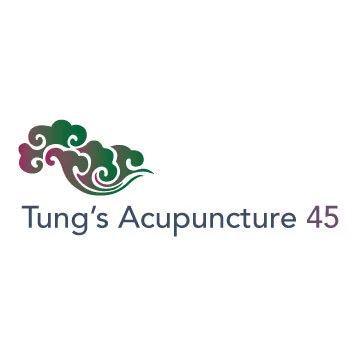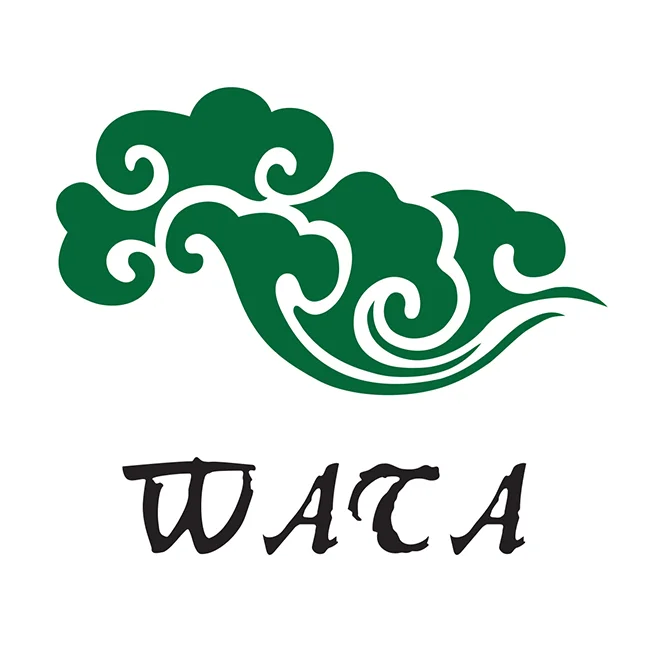7: Does every acupuncture point have its own combination of yin and yang and five elements?
/This is a very good question. I asked the same question to Master Tung back in the old times. I grasp the answer through the practice of the Tung's acupuncture. Every herb has its very particular nature (four natures) and flavor (five flavors). The four natures, cold-hot-warm-cool, correspond to the yin and yang; and the five flavors (sour-bitter-sweet-pungent-salty) correspond to the five elements. A human body resembles a small cosmos. Certainly every point, under the Tung's acupuncture or the 14 channel system, in our body has its particular combination of yin and yang and five elements. A point's yin and yang is related to the point's location including those aspects: five tissues, five transport points, and channels and collaterals. For example, the muscle bulge area pertains to yang, and hence the names of the points often contain the words such as mountain, mound, village, and seas (山陵里海). The main function of those points is to regulate qi. Points such as the Sima points (88.17, 88.18, 88.19), Shousanli (LI10), and Jienzhong (44.06) all carry the function of regulating qi. The concave of a muscle pertains to yin, and hence the names of the points often contain the words such as ditch, brook, swamp and ravine (溝溪澤谷). The main function of those points is to regulate the blood. For example, Neiguan (PC6) and Huozhu (66.04) points, etc. A point's yin and yang combination also is related to its five-transport and five-elements. The point's yin and yang combination is also based on its five element natures, metal, water, wood, fire and earth. It is also related to its channel's yin and yang nature, for example yin within yin, yin within yang, yang within yang and yang within yin. All those form the moving directions of a point to ascend, descend, exit and enter. The applications of the points are hence very flexible.
Certainly every point has its five-element nature. The five-elements of the five transport points are well known. I certainly do not need to give examples. For other points, their five element nature is related to its belonging channel, organ, and five tissues. For example, if a point's tissue is attaching to a bone, then its nature bears water property; if it is attaching to a tendon, then its nature bears wood nature. Those Tung's points on the back region related to the organs and bowels such as Wuling (DT04), Shuangfong( DT.05), Jiohuo (DT.06), Sanjin (DT.07), Jingzhi (DT08), Jinlin (DT.09), Dingzhu (DT.10), Huoxin (DT.11), indicate their five element nature in their own names. Their names are given according to their surrounding organs or bowels.










